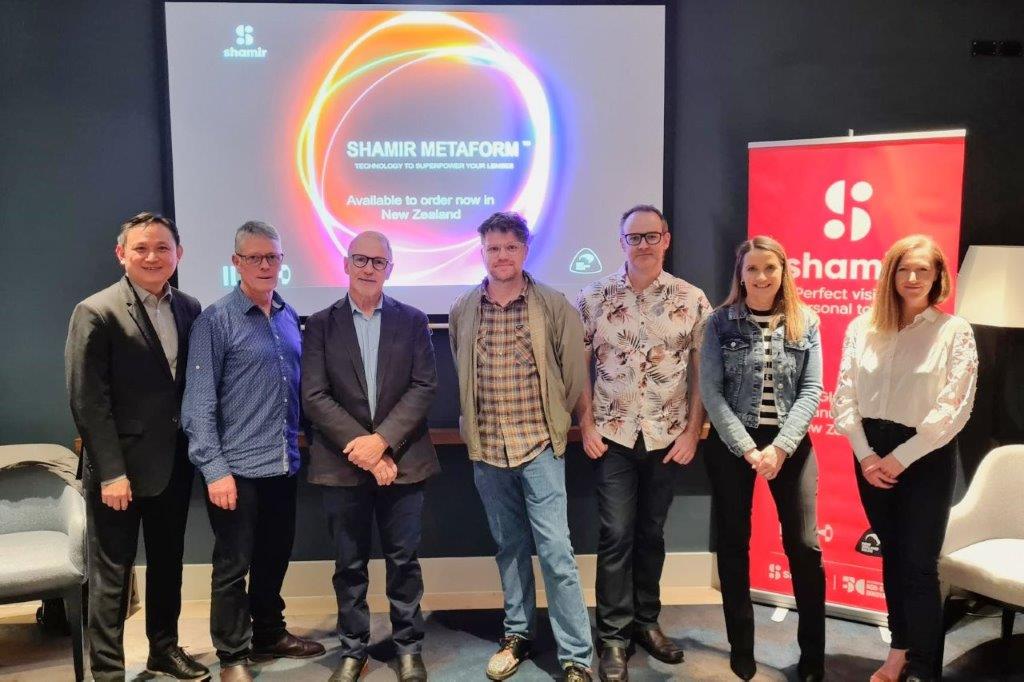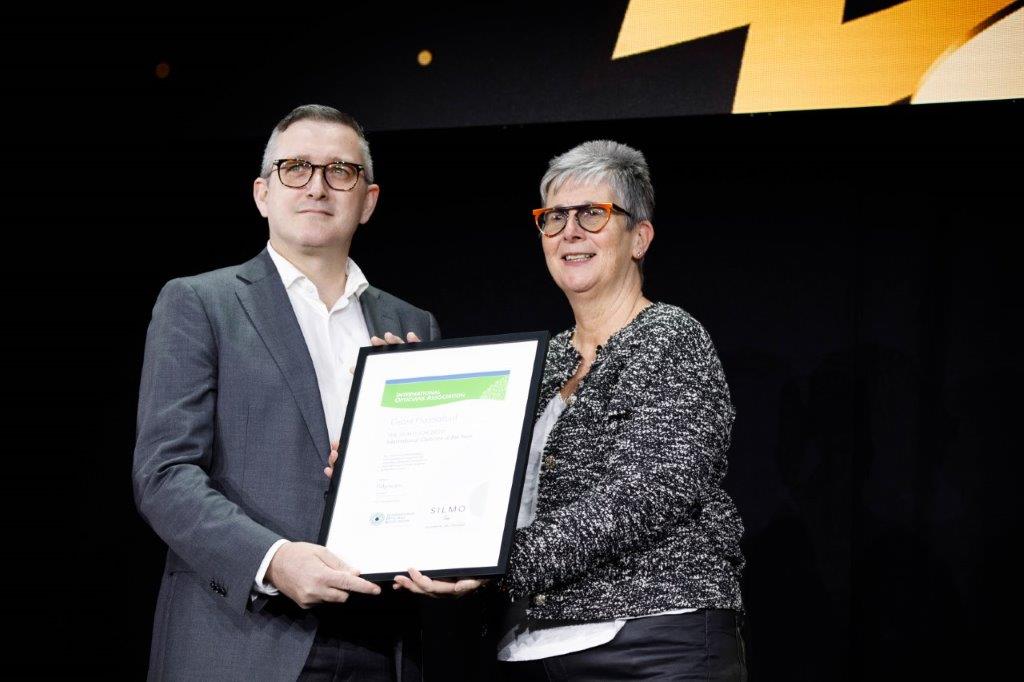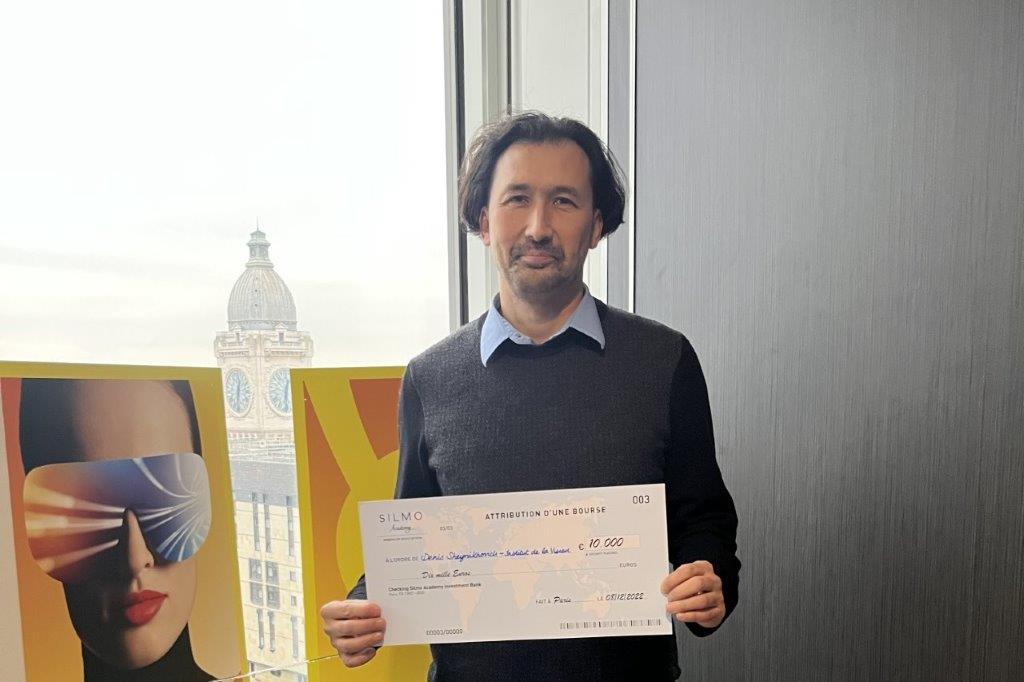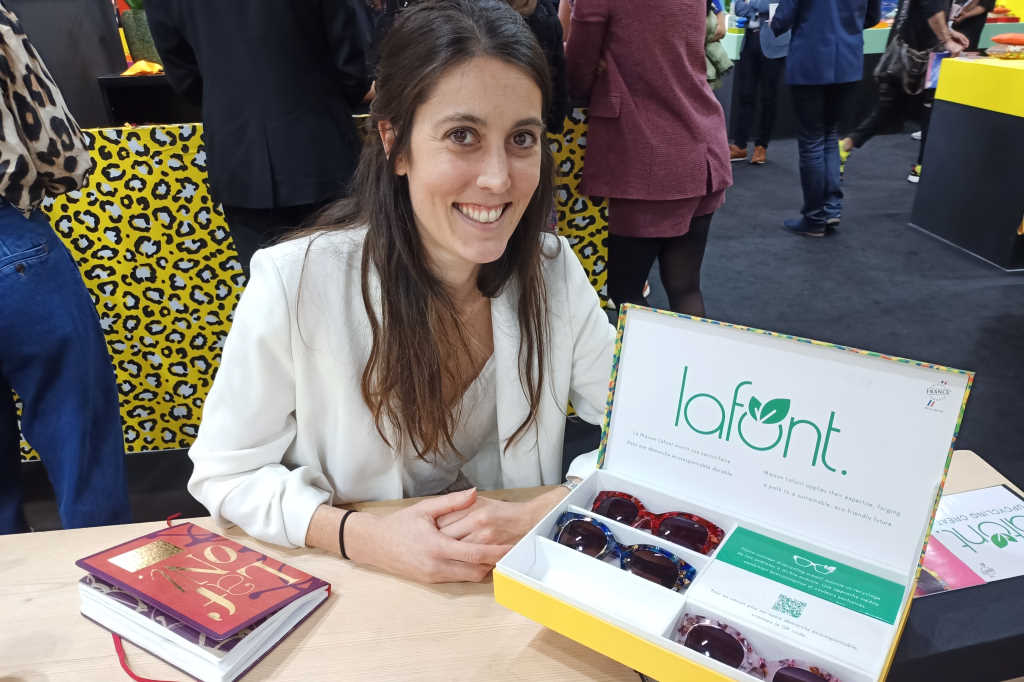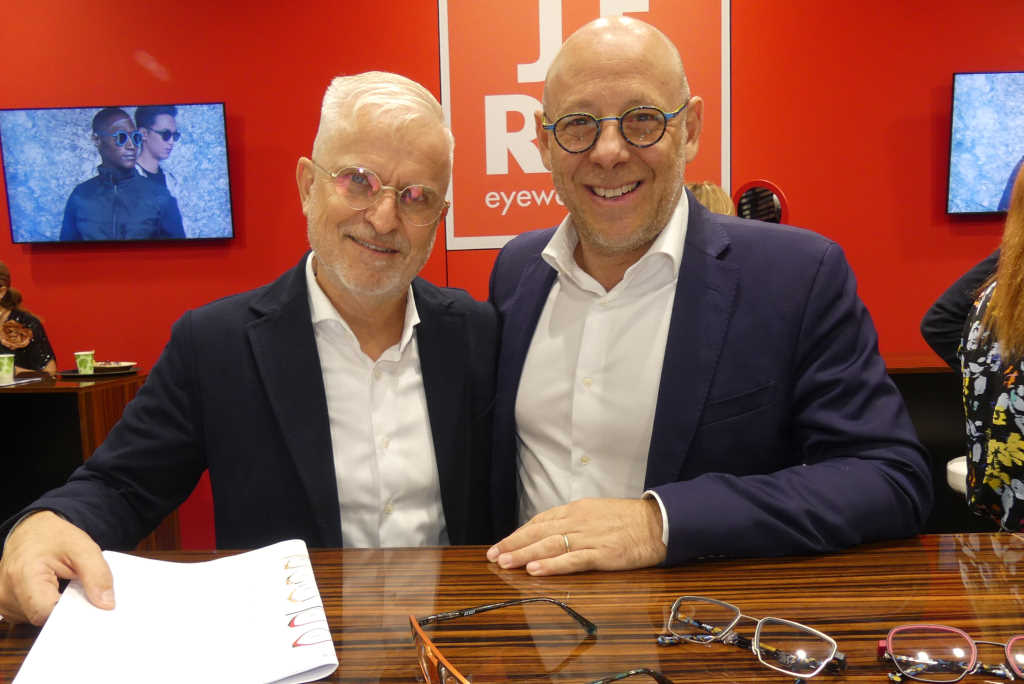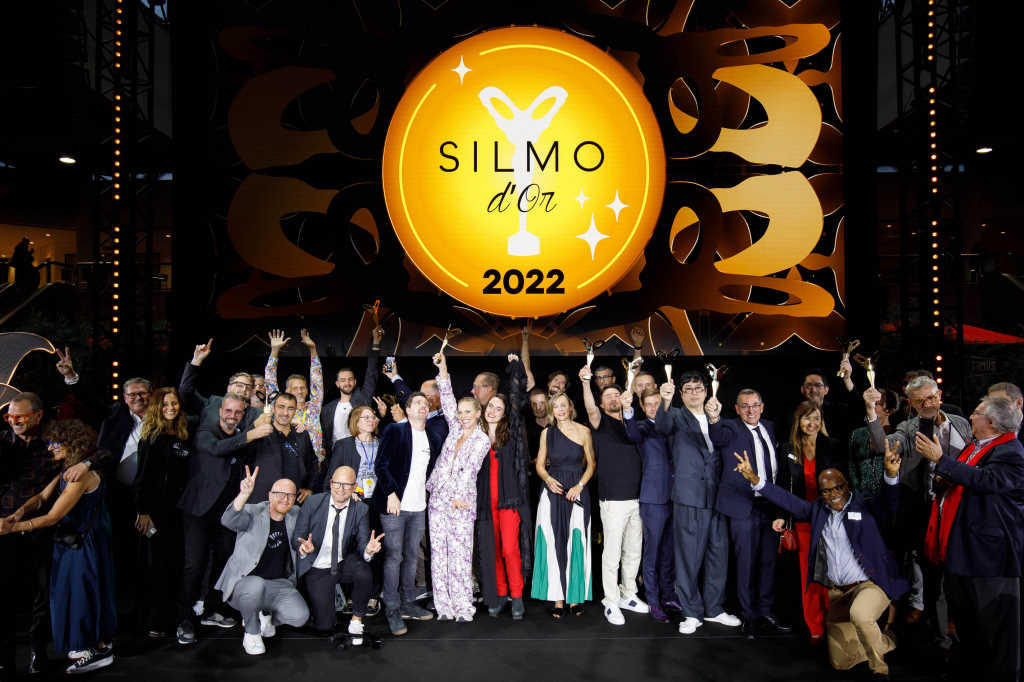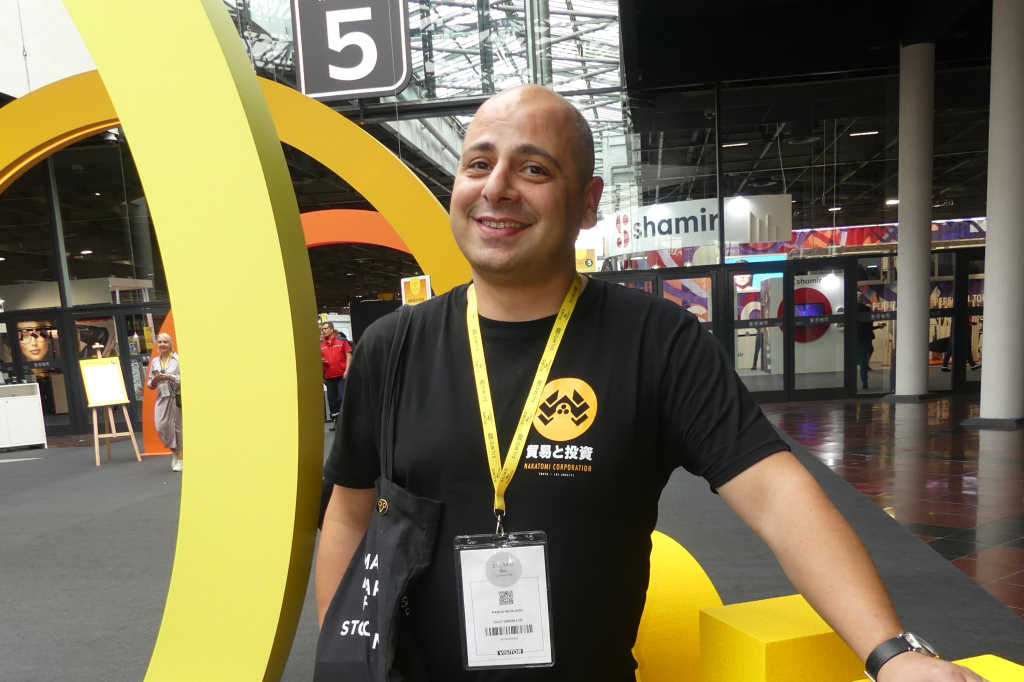Metaform hits the road
Independent Lens Specialists (ILS) and Shamir recently toured four New Zealand cities to introduce its latest lens technology, Metaform, winner of the 2022 Silmo d’Or Vision category.
With stops in Christchurch, Auckland, Palmerston North and Wellington, 80-plus guests enjoyed refreshments while learning more about this “revolutionary” lens technology from Edmund Song, president of Shamir Asia Pacific; Paul Stacey, Shamir senior advisor; and Glenn Bolton, ILS general manager. After months of machine installation and IT upgrades, it was good to finally be able to bring customers together and celebrate the launch of this innovative technology in New Zealand, said Bolton. “There was a lot of excitement and interest in the availability of this lens technology and it was a great opportunity to get customer feedback.”
Using Metaform manufacturing means most Shamir spectacle lenses will be made the same day and at a higher quality of finish than previously, said Bolton. Other benefits include stronger lenses, thinner minus lenses, the elimination of the ‘oil slick’ appearance (Newton’s rings) on the coating and higher impact and heat resistance, he said.
This is as revolutionary as the freeform lens was 20 years ago, said Bruno Decreton, Shamir’s chief marketing officer, at Silmo in Paris. Metaform took Shamir more than seven years to develop. It uses the same technology developed for space travel, plane windshields and the new foldable mobile phones, said Decreton. “But that’s only 2D; it’s flat. Our technology has to be compatible with three dimensions, because every lens is 3D and unique, depending on your prescription.” It’s a very novel lamination process, combining plastic and mineral components, he said.

Bruno Decreton, Shamir’s chief marketing officer at Silmo 2022 in Paris
The key benefit is the impact resistance achieved, allowing lenses to be 18 times stronger than required, while being up to 40% thinner and lighter than standard lenses, said Decreton. “It’s amazing because the film is changing the lens structure.” Plus, even though the process is sophisticated, it’s been developed to be as simple as possible, requiring no chemicals or water and very little energy, so it’s also very eco-friendly, he said. “It’s part of a new process we’ve developed. We have a road map of new technologies coming, so this really is the first step. “
For more on Shamir’s Silmo award, see here.










